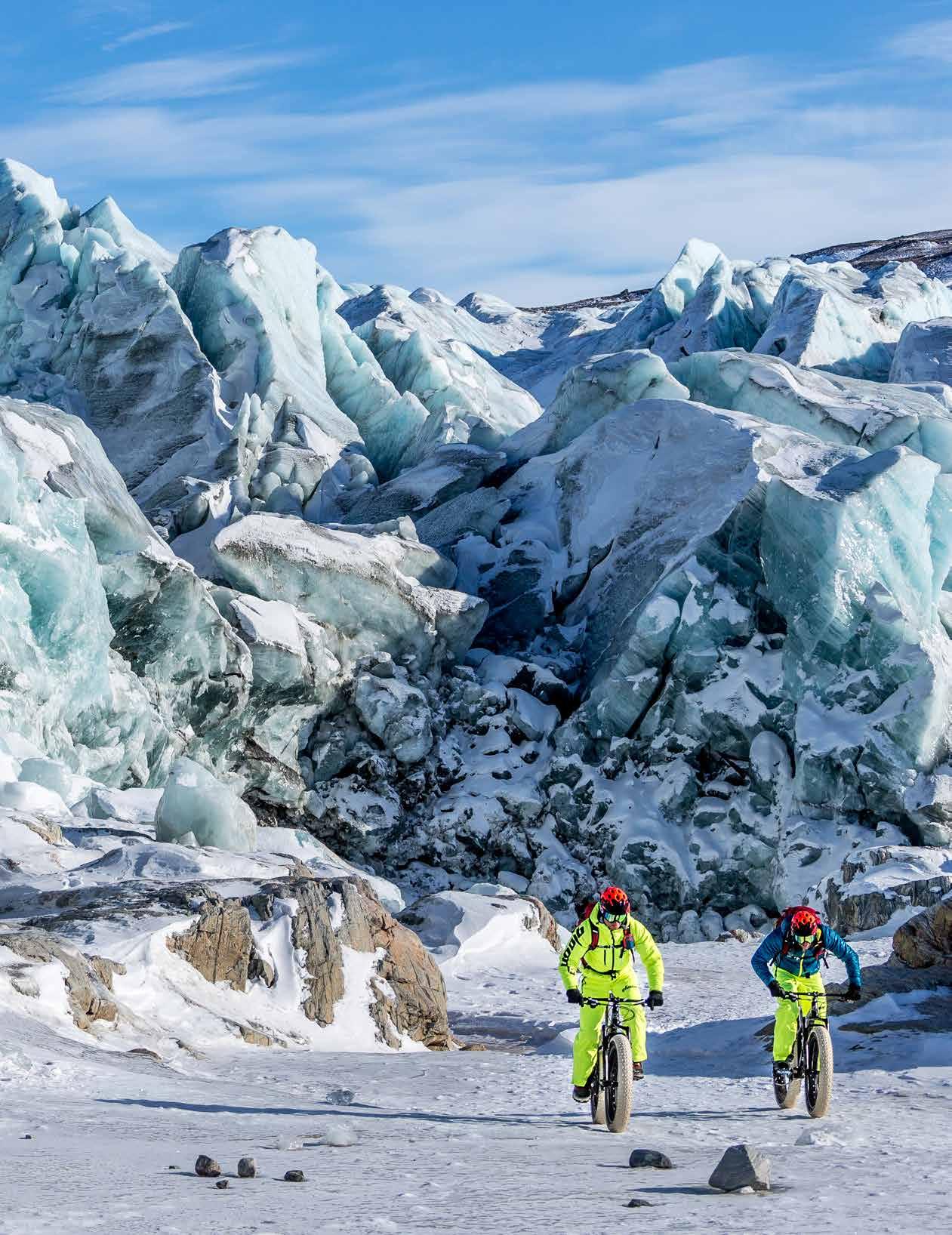
3 minute read
Ottawa’s natural environment
EL NINO AND THE BLOB
Canadians love talking about the weather and I’m no exception. This winter’s weather buzz is about 2015 being an El Niño year, bigKATHARINE FLETCHER time. The Weather Network’s Doug
Advertisement
Gillham has noted, “We are in the midst of a rapidly strengthening El Niño event which will likely peak later this fall as one of the strongest El Niño events on record.”
El Niño is a complex series of climate events created in late December during some years by unusually warm waters off the coastlines of Peru and Ecuador.
NASA’s website explains, “South American fishermen have given this phenomenon the name El Niño, Spanish for ‘the Boy Child,’ because it comes about the time of the celebration of the birth of the Christ Child. During an El Niño, the physical relationships between wind, ocean currents, oceanic and atmospheric temperature, and biosphere break down into destructive patterns that are second only to the march of the seasons in their impacts to weather conditions around the world.”
What does that mean to us, here in the Ottawa region? Nobody knows for certain, but here’s what we may encounter. (And check out the forecast maps at TheWeatherNetwork.com, which show a fascinating difference between early- and latewinter weather patterns.)
Although El Niño winters are often mild – like in 1982-83 and 1997-78 – there’s no guarantee. In fact, this winter of 2015-16 is forecast to start mildly but turn cold later on.
One factor is The Blob. No, I’m not talking about the 1958 movie of the same name – a pile of gelatinous goop sets about swallowing a town – but the cold produced by this oceanic phenomenon may give us the shivers.
This unusual mass of warmer-than-normal ocean water south of Alaska and off our west coast has been called “The Blob” by meteorologists. With a two-year lifespan already, it has so far affected North American weather such that we’ve experienced two of the coldest winters in living memory.
Consequences of extreme weather events include damage from sudden ice buildup: here, slow moving ice slabs jammed a bend in the Black River north of Waltham, and raised the level by almost two metres in less than an hour.
No one know whether The Blob will persist. But if it does, our mild November might herald a cold late winter.
As I write this column in mid-November, my Quyon farm has experienced darned few nights of hard frost. The tomatoes are long gone, but I’m still pulling carrots and beet greens, chard and kale are still producing. Go figure. When Eric and I first moved north of Quyon to our farm bordering Gatineau Park, locals told us our garden would get a hard frost the first full moon of September.
So much for folk wisdom. It’s November and I’m still picking Swiss chard. Is this El Niño or the inexorable progress of climate change? I expect the two are related, and that human activity is likely affecting El Niño temperatures.
All to say that I’m relieved that our federal government is now taking climate change seriously, and that our prime minister is taking a team to the Paris climate change conference. Canada has a great deal of work ahead to re-establish itself as a world leader on environmental issues, rather than as a backward, if not thuggish, petro state.
Looking ahead to slopes and forested trails blanketed in deep snow, I hope The Blob does its work and keeps a mild winter in check. After all, I’d like to avoid a repeat of the ice storm of ’98, that other remarkable El Niño winter.
Wouldn’t you? ~ Katharine Fletcher is author of Historical Walks: The Gatineau Park Story, and Capital Rambles: Exploring the National Capital Region.











